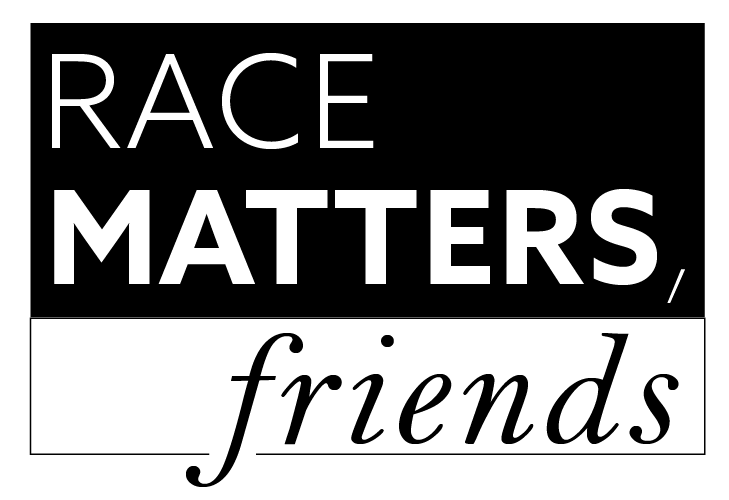Source: Cyndi Smith Frisby. This blog was copied from a Facebook thread excerpt dated 9/9/2020. Shared with Permission.
Confirmation Bias
What It Is
The tendency to selectively search for, interpret, and recall information that confirms one’s pre-existing beliefs. These beliefs persist and get stronger even when presented with contradicting evidence.
Example of Confirmation Bias
A study in the journal Political Behavior gave people mock news stories, each of which contained a provably false yet widespread claim made by a political figure. Then, researchers inserted a correction after each piece of misinformation, and measured the rates of change in belief. Largely, people tended to believe the misinformation even more strongly after reading the correction.
Why it Matters
Once we form an incorrect belief about a topic or a group of people, it can be difficult to change our thinking based on data and research. This results in social actions and behaviors that are not based in reality.
THE IMPORTANT IMPLICATION IS "Studies show that it's possible to disrupt prejudice when we acknowledge we have biases, want to reduce its impact, and are given specific ways to do so. In the workplace, this means owning up to our biases and being an agent of change for the organization." YOU MUST ACKNOWLEDGE YOUR BIASES!
Anchoring
What it Is
The tendency to rely too heavily on the first piece of information received, with subsequent judgments adjusting around the first data point.
Why it Matters
The incorrect messages we passively receive early in life about groups of people can be difficult to correct consciously later in life because they are ultimately adjusting from the anchor, which limits accuracy."
Attribute Substitution
What it Is
The tendency to substitute an easier but inaccurate judgment in place of a more complex judgment requiring more energy.
Example of Attribute Substitution
A study published in the journal Social Cognition showed that when shown pictures of unknown faces, people tended to say that more attractive faces were familiar to them, mistaking the "warm-feeling" that comes with viewing attractive faces with the one that comes with recognition.
Why it Matters
When evaluating people for hiring, it can be easy to substitute the way the person looks, speaks, or where they went to school for things like competency or trustworthiness. This can lead to deserving people getting left behind and companies missing out on talented workers.
Correspondence Bias
What it is
Drawing conclusions about someone's character from their behavior without considering situational factors that may influence their behavior.
Example of Correspondence Bias
In a study published in the Journal of Experimental Social Psychology, people were shown two essays, one that was pro Fidel Castro and another that was anti Fidel Castro. The first group was told that the author could defend any side he wanted, while the second group was told the author could only defend one side. As expected, the first group inferred that the author had strong pro or anti Fidel Castro sentiment based on the essay. Unexpectedly, the second group made the same, albeit weaker, inference even though they were told the author was coached.
Why it Matters
When we see inequality and attribute it to the personal failings of a particular group without considering relevant external issues, we can unfairly blame people for their misfortunes.
Shared with permission to https://racemattersfriendsmissouri.org


